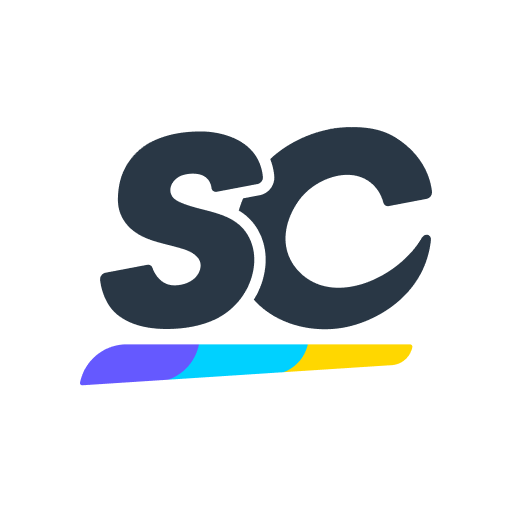Title Page
-
Site
-
Conducted on
-
Prepared by
-
Location
Employees, Distributors & Guests
-
Recommended Best Practices*
● Face coverings are recommended for guests.
● Try to seat no more than 5 unless the group is from the same household.
● Provide hand sanitizer stations.
● Post informational signs regarding social distancing,
facial coverings, and what to do if symptomatic.
● Stagger or limit arrivals of employees and guests. -
● Ensure a minimum 6 feet between people, if not possible, install barriers
-
● Employers must perform daily symptom assessment of employees.**
-
● Employees must wear face coverings.
-
● Require employees to stay home if symptomatic.
-
● Require frequent and thorough hand washing, including providing workers, customers, and worksite visitors with a place to wash their hands. If soap and running water are not immediately available, provide alcohol-based hand sanitizer.
-
● Customers waiting to be seated must wait outside and must practice social distancing from people not in their household.
Shift Pattern
-
● Split into sub-teams, limit contact across sub-teams.
-
● Reduce pace to allow less FTEs per line.
-
● Stagger lunch and break times.
Physical Spaces/ Workstations
-
Recommended Best Practices*
● Daily deep disinfection of entire facility.
● Try to seat no more than 5 unless the group has
already been together.
● Consider disposable menus and single-use utensils,
cups, and plates.
● Require reservations to manage occupancy. -
● Ensure a minimum of 6 feet between people; adjust floor plan for tables and booths to accommodate social distancing.
-
● Maximum occupancy for onsite dining must be 50% of the maximum seating capacity under normal circumstances, excluding bar seating.
-
● Close bar areas for seating.
-
● Daily deep disinfection of high contact surfaces (e.g. door handles, light switches, seats, railings, cabinetry handles,appliance handles, toilets, countertops, phones, tables, etc.).
-
● Buffets, cafeterias, and self-serve dining facilities are closed.
Confirmed Cases
-
Recommended Best Practices*
● Work with local health department to identify potentially infected or exposed individuals to help facilitate effective contact tracing/notifications.
● Once testing is readily available, test all suspected
infections or exposures.
● Following testing, contact local health department to initiate appropriate care and tracing -
● Immediately isolate and seek medical care for any <br>individual who develops symptoms while at work and follow CDC guidelines.
-
● Contact the local health district about suspected cases or exposures. Employers should maintain the confidentiality of employee health information.
-
● Shutdown any facility for deep cleaning and disinfection, if possible.
-
● Use disinfectants outlined on EPA List N.
-
**Daily symptom assessment should include monitoring for fever, cough and trouble breathing.
*These recommendations were compiled based on guidance from the CDC, the U.S. Food and Drug Administration (FDA), Nevada OSHA, and other relevant agencies for the industry and public health officials, including state licensing boards. The information provided is only intended as general information to the public. Following these guidelines does not constitute, and is not a substitute for, compliance with all laws and regulations applicable at any particular time. Individuals and businesses are responsible to ensure that they comply with all laws and regulations that apply to them, including, but not limited to, federal and state health and safety requirements. Additionally, compliance with these regulations does not ensure against the spread of infections from COVID-19 or any other cause.
Sign Off
-
Prepared by
















